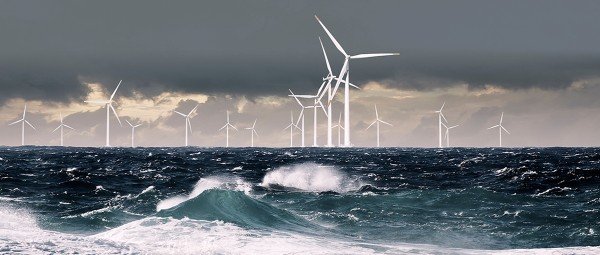Renewable energies for a greener future
It’s time to get serious about renewable energies. The world has already experienced the effects of climate change, and it’s only getting worse. To mitigate these effects, we need to find a way to reduce greenhouse gas emissions, especially within the transport sector; as in countries like the UK and the US, the transport sector is now responsible for emitting more greenhouse gases than any other, including electricity production and agriculture.
At the same time, we need to ensure that our energy supply is reliable and cost-effective. The mobility of tomorrow will need to be based on renewable energies, such as hydropower plants and oceans’ wave and tidal motions to be climate and environmentally friendly.

As the largest renewable energy source, hydropower plays a significant role in achieving this. Around the world, hydropower plants generate much more power than nuclear power plants, delivering more than 16% of the global need for electrical energy. Surprising to most hydropower is the third largest source of power generation – after coal and natural gas – and contributes around three-quarters of all power produced by renewable energies.
With new dams currently being built in China and Brazil, it has led to even small-scale hydropower plants with up to 10 MW increasingly being used to supply smaller electricity consumers locally. Hydropower’s contribution is 55% higher than nuclear and larger than all other renewables combined, including wind, solar PV, bioenergy and geothermal.
Schaeffler delivers perfect bearing solutions and supports companies of every size with expertise, experience, and engineering resources – whether it is for conventional or new hydropower applications. Depending on the application, Schaeffler provides the bearings used in hydropower to fulfil different conditions and offer unique characteristics. With a range of products and solutions, you can find just the bearing for your application, from rolling bearings and plain spherical bearings to rod end, plain bearings, and housing units.
In addition to the conventional use of hydropower, technologies that use the oceans’ wave and tidal motions to generate electricity are increasingly coming to the forefront. Waves and currents are ideally suited to produce electric power from kinetic energy. There are various approaches to achieving this.
For example, in wave power plants, pneumatic chambers use the oscillating water column principle and current ocean turbines, have a great potential for energy production. The technology used here is the same as that of wind turbines, a sector which Schaeffler have been pioneering in for many years.

As a development partner, Schaeffler is often involved in projects at an early stage and follows ground-breaking ideas, concepts, and products on the path to market readiness and beyond. Schaeffler has developed the bearing technology for numerous plant and component prototypes for utilising ocean energy, frequently customising it to suit the customer’s individual requirements. Besides this, Schaeffler is also independently researching solutions that can better withstand the special ambient conditions of marine applications – such as new materials and coatings.
